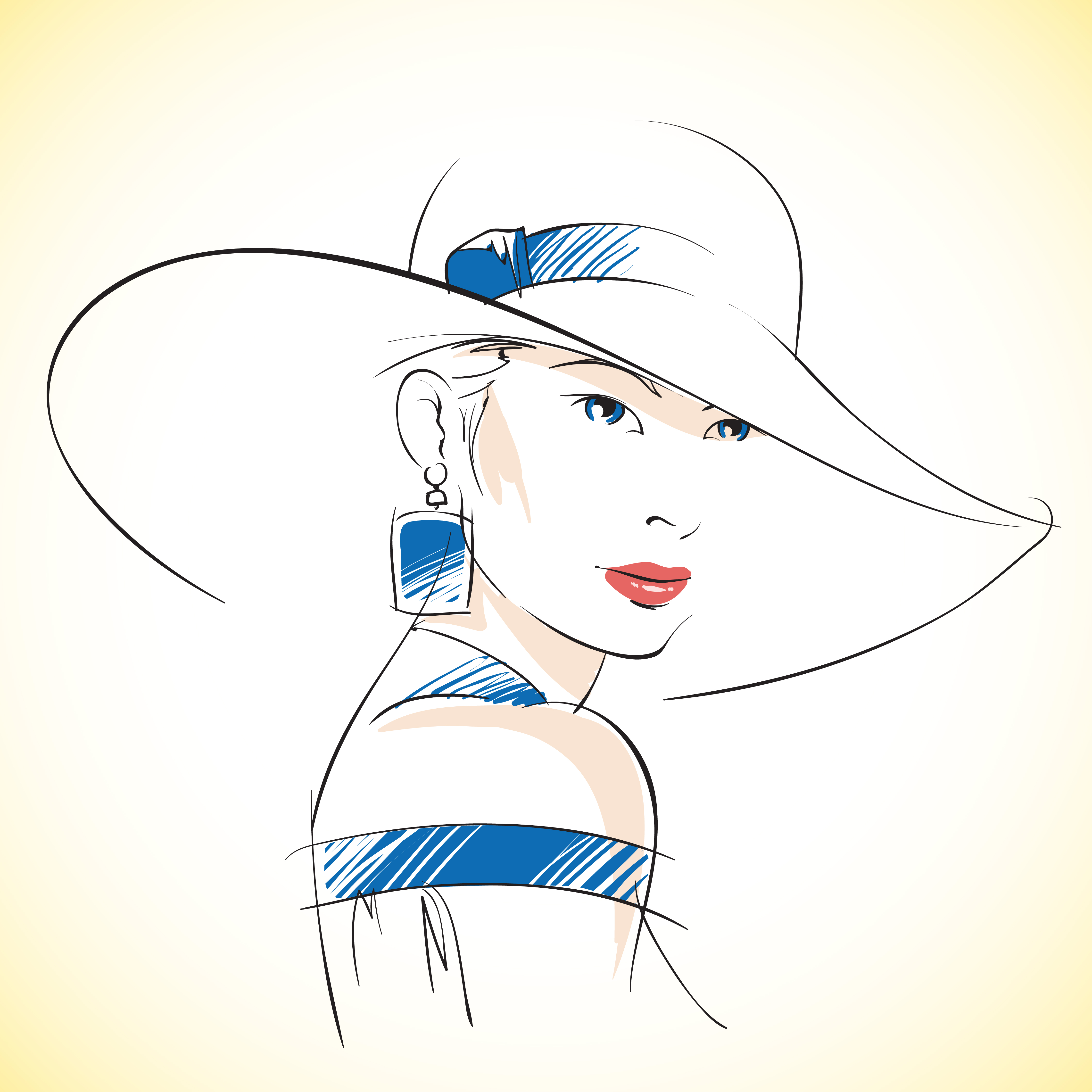Fashion Sketch Online
If you're a designer, pattern maker, illustrator, student or passionate about fashion, Fashion Design Flat Sketch app is for you. Design flat sketches in seconds on your phone or tablet. The only app to create flat fashion sketches professionally in a short time. Moreover, it's easy to create and manage your own fashion templates with the drawing tools. EdrawMax has an illustrator like toolset, which an apparel designer needs to draw fashion design sketches, flat technical sketches, create and modify texture designs, design embroidery, graphic artwork, and more!

CONSTRVCT is an online destination to create, share, and make fashion designs. Create digital designs in 3D that can be exported to pattern files to create the physical clothing.
CONSTRVCT initially started as a crowd-sourcing concept and made-to-order service, but has evolved to be a platform for digital fashion design. While we worked on our own tech to re-engineer how to make dresses based on 3D CAD, we discovered that there is an apalling lack of accessible software tools to design clothing. So we set out to establish a new standard of digital craft-- easy to use 3D tools to make and share designs.
Fashion Design Sketch Pad Online
Our design for constrvct.com draws from Constructivist art, because CONSTRVCT draws upon the same spirit of inventive creative process.
CONSTRVCT is an ongoing endeavor, where we hope to add features to expand the freedom of design that people can achieve. We are striving to enable a pivotal innovation in design process, where the design interface seamlessly links up to pattern-making and materials. And where anyone in the world can make a design, share it across the web, and that design can be downloaded and made at any point on the globe.
Online Fashion Sketch Maker
DESIGN PROCESS
We use combined techniques from architecture, animation, and industrial design. First, we create a 3D model of a garment. The 3D model then goes through our parametric sizing system, which generates sizes on demand given a set of measurements. Our code then generates the data to map images across the garment in 3D. This is the distinctive quality of CONSTRVCT prints--An image can be matched perfectly across multiple sewn pieces, for a whole seamless image. This is a design feature that can only be done through our computational process.
Digitally printed fabric is a fundamental design decision on many levels. It allows us to produce a physical product that matches extremely accurately to the design preview online. It allows for an infinite variety in designs even before we enable editing on base silhouettes, and the results are dramatic and distinctive. It also turns any design into an on-demand kit--Just cut on the lines and sew. Digital textile printing is also eco-friendly, as almost all the dye is locked directly to the fabric and thus does not enter into wastewater.

Online Fashion Sketch Template
A muslin test, showing the underlying 3D mesh structure
D.dress is fashion as software.
Draw your design.
Selling Fashion Sketches Online
The future of fashion, and the future of consumer products in general, lies not only in more advanced technologies and materials, but also in reevaluating the very infrastructure of design, manufacture, and retail. By blending rapid fabrication, interactive software, and the accessibility of the web, we can let individuals participate directly in the design and production process.
In short, the 'D' collection is actually a piece of software. The D.dress app lets you draw a dress, turns it into a 3D model, and exports a cutting pattern to make the real dress, sized to your measurements. A laser cutter or plotter cuts the pattern out of fabric, which is then sewn into the dress. All the designs are unified around the theme of the little black dress, and the triangulation used in the software. This allows basically everyone to create their own innovative dress design.
This design approach of using triangles came out of both consideration for aesthetics as well as acknowledgement of limitations. There exist many types of industry software made for fashion designers to design in 3D that try to simulate cloth, but they are not widely used because the cloth simulation is never good enough to inspire faith in how the design will look. So, I took the opposite approach of not trying to simulate cloth digitally at all, but rather chose a technique that makes cloth seem more digital. Lo-res triangular models are more abstract, but this abstraction prompts people to imagine what the resulting dress would look like rather than expect an exact rendition of the screen image. The triangulation also insures that almost any drawing will produce an interesting form, and in fact produces good meshes from mere scribbles. This allows a great ease of use as you can design an avant-garde dress in under a minute, without any skill in drawing.
